Don't Miss These 10 Must-See Sights in Kyoto!
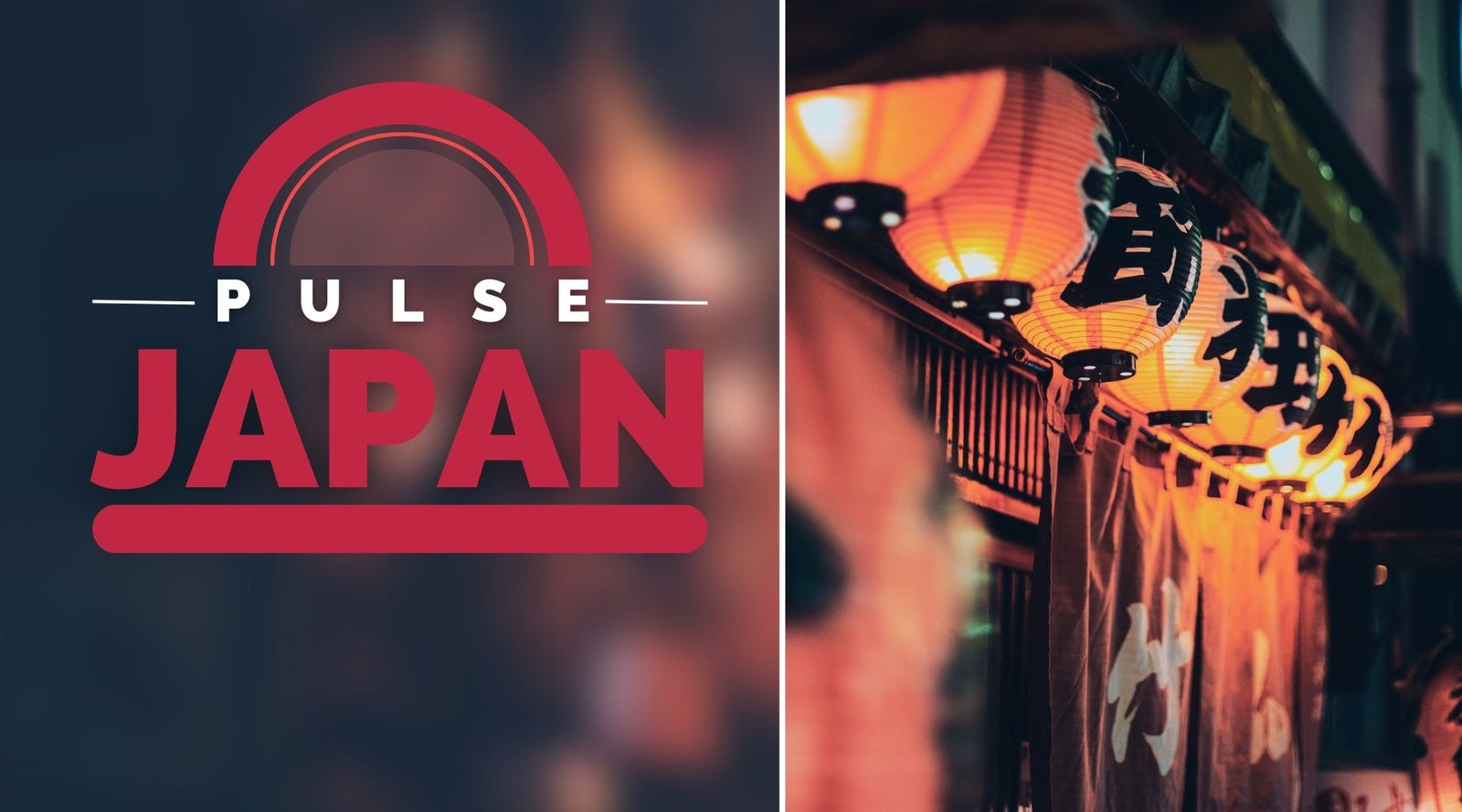
Kyoto, an ancient city where whispers of the past echo through aged alleyways and the vibrant tapestry of the seasons paints every temple garden in shifting shades of beauty, offers an enchanting journey through the heart of Japan's cultural heritage. From the serene reverence of its countless temples to the delicate artistry found in its traditional crafts and cuisine, this city is a living museum, celebrating centuries of human ingenuity and the relentless passage of time.
To fully embrace the essence of Kyoto, one must explore not only its imposing historical landmarks but also the subtler, more ephemeral experiences that capture the soul of this extraordinary place. Here are ten must-see sights in Kyoto that encapsulate the city’s sublime blend of nature, art, and history.
Must-See Sights in Kyoto
Kinkakuji Temple (Golden Pavilion)
Kinkakuji, also known as the Golden Pavilion, is one of Kyoto's most iconic sights. The top two floors of this Zen Buddhist temple are completely covered in gold leaf, set against a serene pond garden backdrop. Originally built in the 14th century as a retirement villa for Shogun Ashikaga Yoshimitsu, the golden temple you see today dates back to 1955 after the previous structure was burnt down by a monk with mental illness who then took his own life.
The brilliant gold structure shining over its tranquil surroundings make Kinkakuji an unmissable and mesmerizing spot. The temple grounds also feature walking paths through pine trees and a traditional tea house to stop for matcha green tea.
Kiyomizu-dera Temple
Perched on Mount Otowa, Kiyomizu-dera offers visitors one of the best panoramic views of Kyoto from its main hall's large veranda. The temple was first built without the use of nails in 798 AD and takes its name from the waterfall within the complex, which runs off the nearby hills. 'Kiyomizu' means pure or clear water.
In addition to the lookout from the famous main hall, visitors can drink from the Otowa waterfall's waters, which are divided into three separate streams for longevity, success, and love. Within the complex, you'll also find shrines, pagodas, Gates, halls and museums housing sacred Buddhist relics and scriptures.
Fushimi Inari Taisha Shrine
The thousands of vibrant orange torii gates winding through the hills behind Fushimi Inari Taisha Shrine create a magical and mesmerizing scene. These gates were donated by Japanese businesses and individuals to offer thanks and pray for further prosperity from Inari, the god of rice and business.
It takes about 2-3 hours to walk the entire 2.5 mile path up and down the mountain, but visitors can turn back at any time. Along the way, there are smaller shrines and food vendors to take a break. Foxes are also thought to be the messengers of Inari, so you'll spot many fox statues across the grounds as you hike.
Ginkaku-ji Temple (Silver Pavilion)
Modeled after Kinkakuji, the Silver Pavilion, also known as Ginkaku-ji, exemplifies traditional Japanese architecture amongst stunning garden landscapes. Originally designed as a retirement villa for Shogun Ashikaga Yoshimasa in 1482 during the Muromachi period, the simple wooden structure contrasts beautifully with the extravagant gold-covered Golden Pavilion.
Stroll through the temple's moss garden, wooded walking paths, and tranquil ponds dotted with unique cone-shaped formations meant to imitate Mount Fuji. You can also stop to enjoy green tea and traditional sweets in the thatched roof Hondo hall.
Kyoto Imperial Palace
Previously the Imperial residence and center of government until 1868 when the emperor moved to Tokyo, the Kyoto Imperial Palace still remains an important cultural heritage site and tourist attraction. The palace complex contains multiple gates, halls, and the immaculately-kept Shunko-den (Spring Breeze Hall) where the emperor would host guests.
Free guided tours are available to walk through parts of the palace not accessible on self-guided visits. With its traditional architecture set amongst beautiful ponds and pine forests, the Imperial Palace provides a scenic, peaceful spot in the city center.
Gion District
For an authentic experience of ancient Kyoto, walk the traditional narrow streets making up the Gion district. One of Kyoto's famous geisha districts, Gion is filled with shops, restaurants and ochaya (teahouses) with preserved architecture providing a glimpse into historic ways of life.
If you're lucky, you may spot a geisha or maiko (geisha apprentice) on their way to entertain at the various exclusive venues around Gion. The area is also home to some of the city's finest dining and most unique stores to buy local crafts and souvenirs.
Nishiki Market
Called "Kyoto's Kitchen", Nishiki Market stretches for five covered blocks packed with fresh seafood, produce, knives and cookware, and Japanese sweets. Known as a great spot to try regional delicacies, you can sample different foods as you explore the market's narrow alleyways.
The market first opened in 1310, though many of the current buildings date back to the late 1800s after much of the area was destroyed by a fire. Pick up some take-away food or sit down at one of the local restaurants to refuel as you take in all of the sights, sounds and aromas.
Arashiyama Bamboo Grove
Escape from the city center to Arashiyama's peaceful bamboo groves, where towering green stalks sway overhead along the walkways. The serene atmosphere makes you feel worlds away from the bustle of Kyoto's tourist sites.
The grove sits adjacent to the historic Tenryu-ji temple, as well as the Togetsukyo Bridge, where you can gaze over the Katsura river and surrounding mountains. For a small fee, you can also ride a rickshaw through the bamboo forest for a relaxing tour alternative.
Samurai & Ninja Museum
Discover the lives of Japan's ancient warriors at the Samurai & Ninja Museum, which brings history to life through interactive exhibits and multimedia displays. Here you can watch ninja shows, learn about concealed weapons, take archery lessons, and more.
The museum also offers visitors the chance to dress up as a ninja or samurai and walk through the well-preserved residence of ninja Hattori Hanzo's family. An entertaining and educational experience for all ages.
Kyoto Onsen
At the end of an activity-filled day exploring Kyoto, relax by soaking in the steaming mineral baths of one of the city's traditional Japanese hot spring baths (onsen). Public baths can be found across the city, some dating back over 1,000 years.
Onsen provide the quintessential Japanese spa experience. Remove your clothes, wash thoroughly before entering, relax in multiple different temperature pools, then finish by jumping in a cold plunge pool. Not only will the hot water soothe your muscles, but the minerals are said to be good for your skin and overall health.
Conclusion
From UNESCO World Heritage Sites to intricate shrines and temples, Kyoto offers no shortage of enchanting attractions. The city's well-preserved traditions, cuisine, architecture and nature create a destination like no other for an authentic Japanese experience.
As one of the top places to go in Japan, Kyoto should be on every traveler's bucket list. Lose yourself in the tranquility of its gardens, hike through mystical orange gates, and learn about the ancient worlds of samurai and geisha in this magical city.











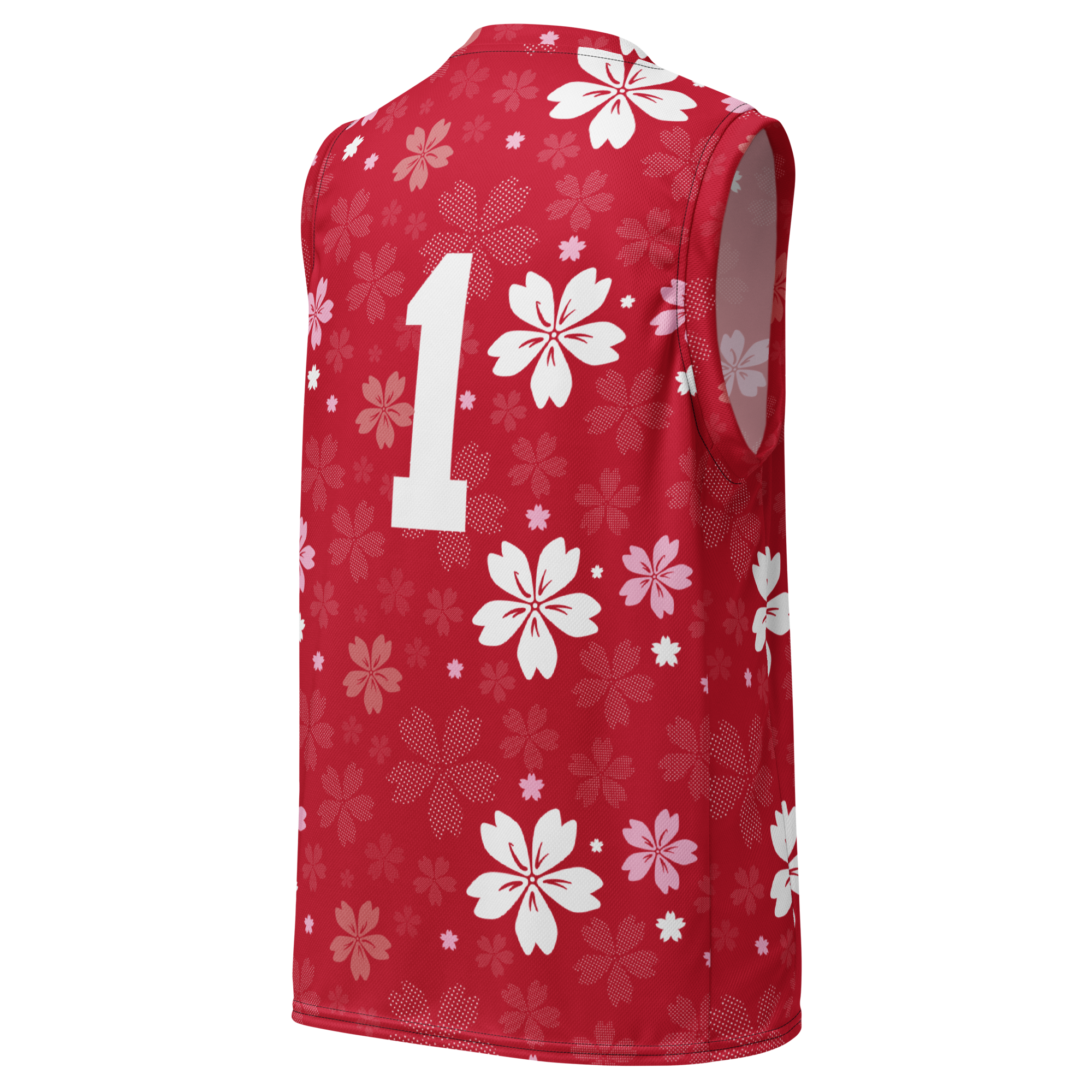
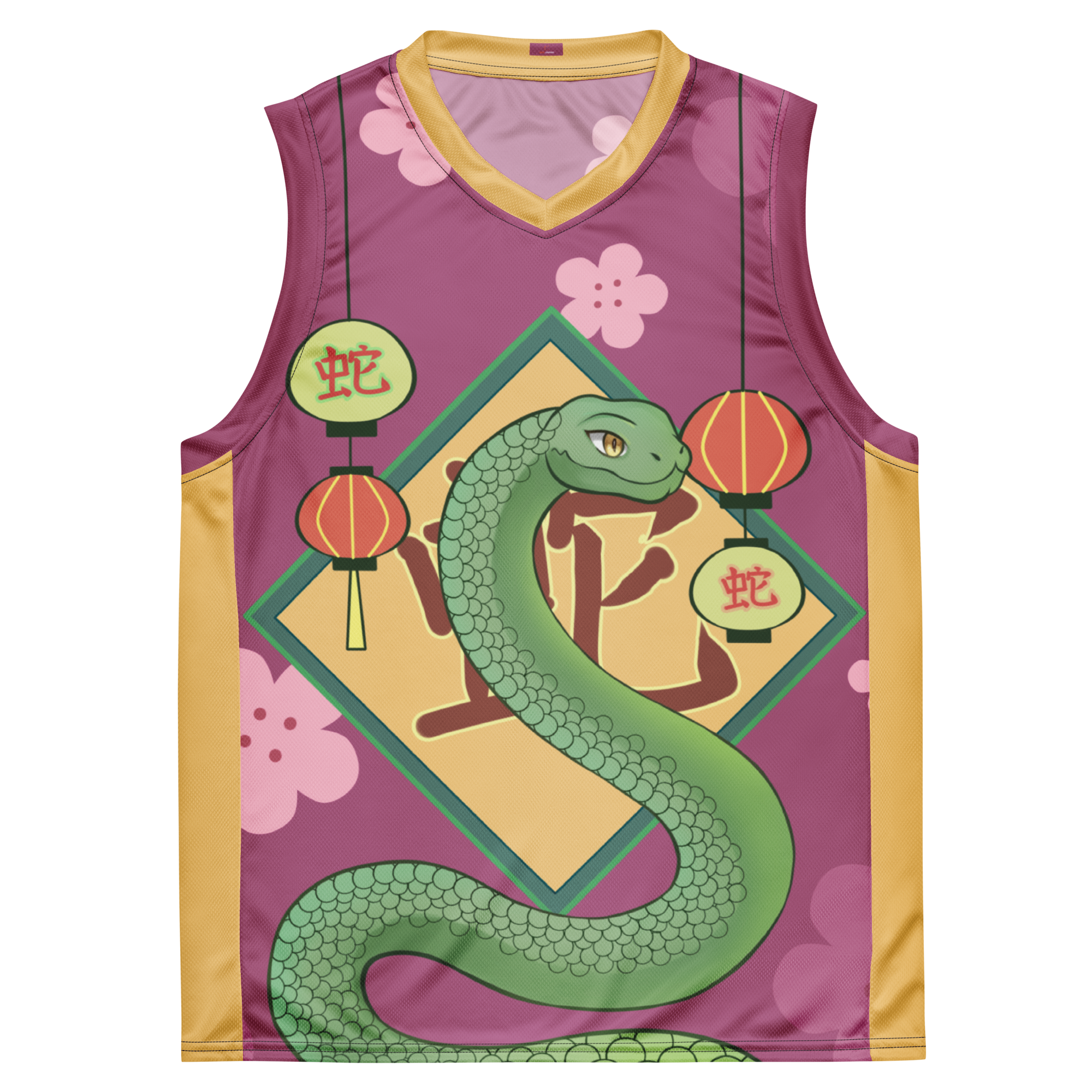
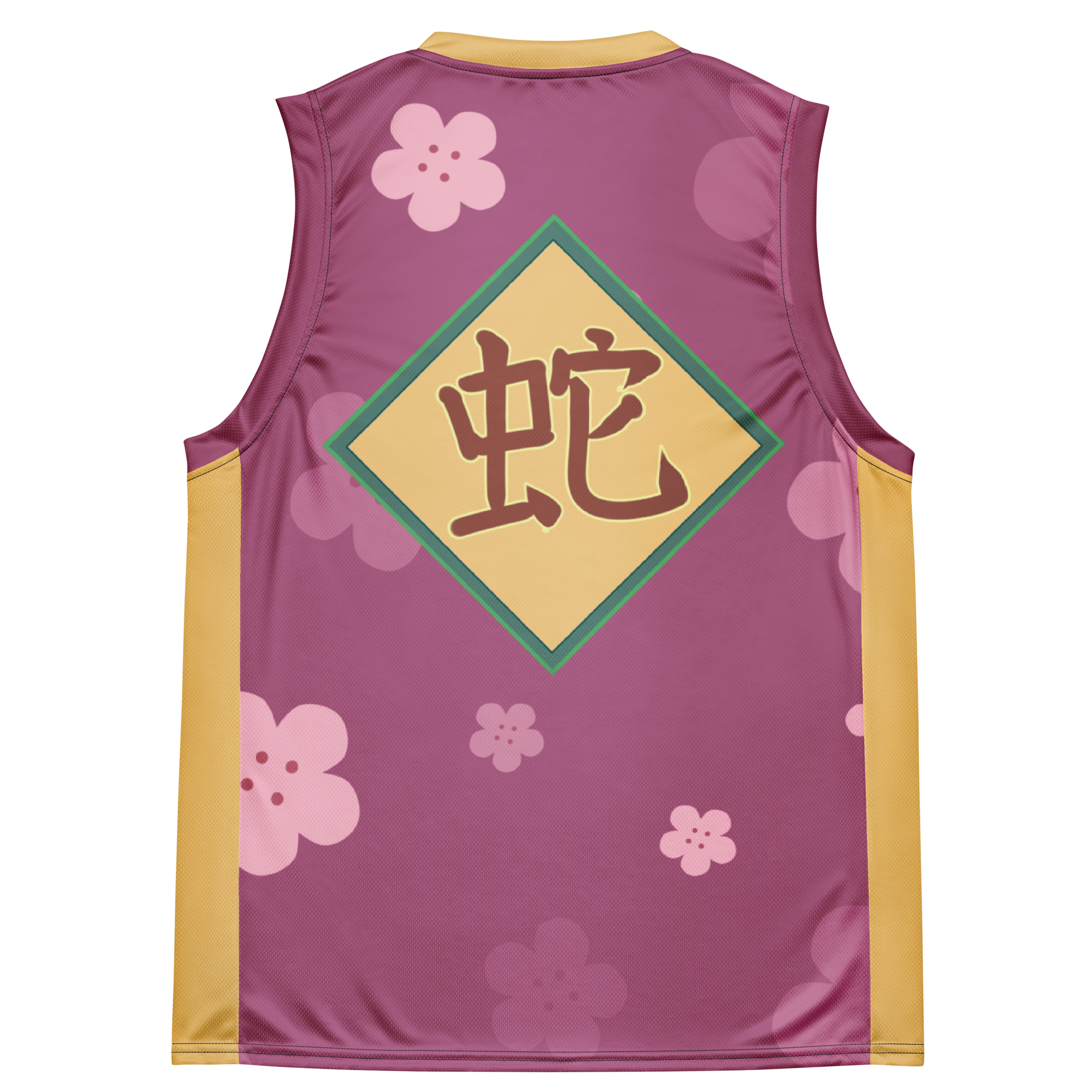
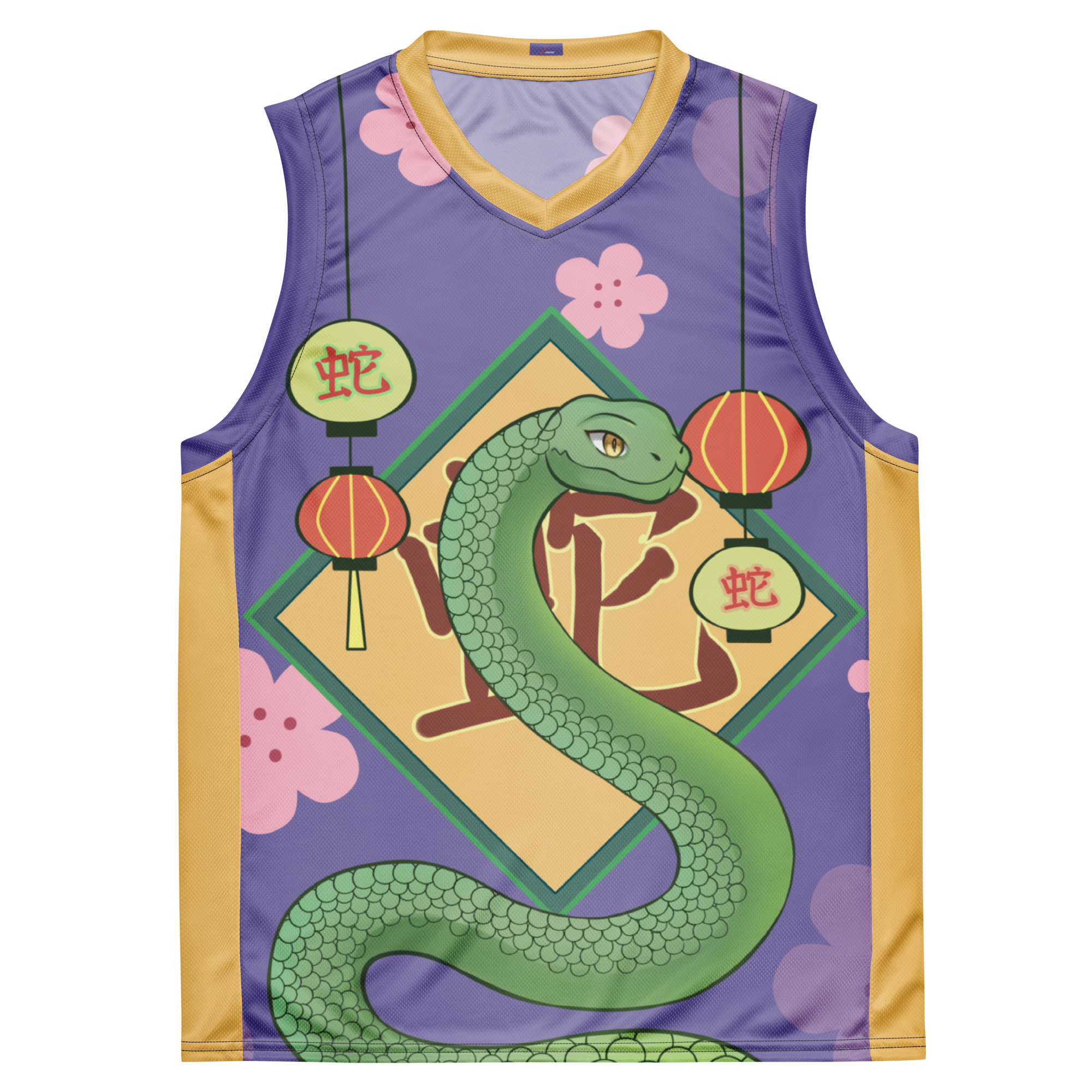
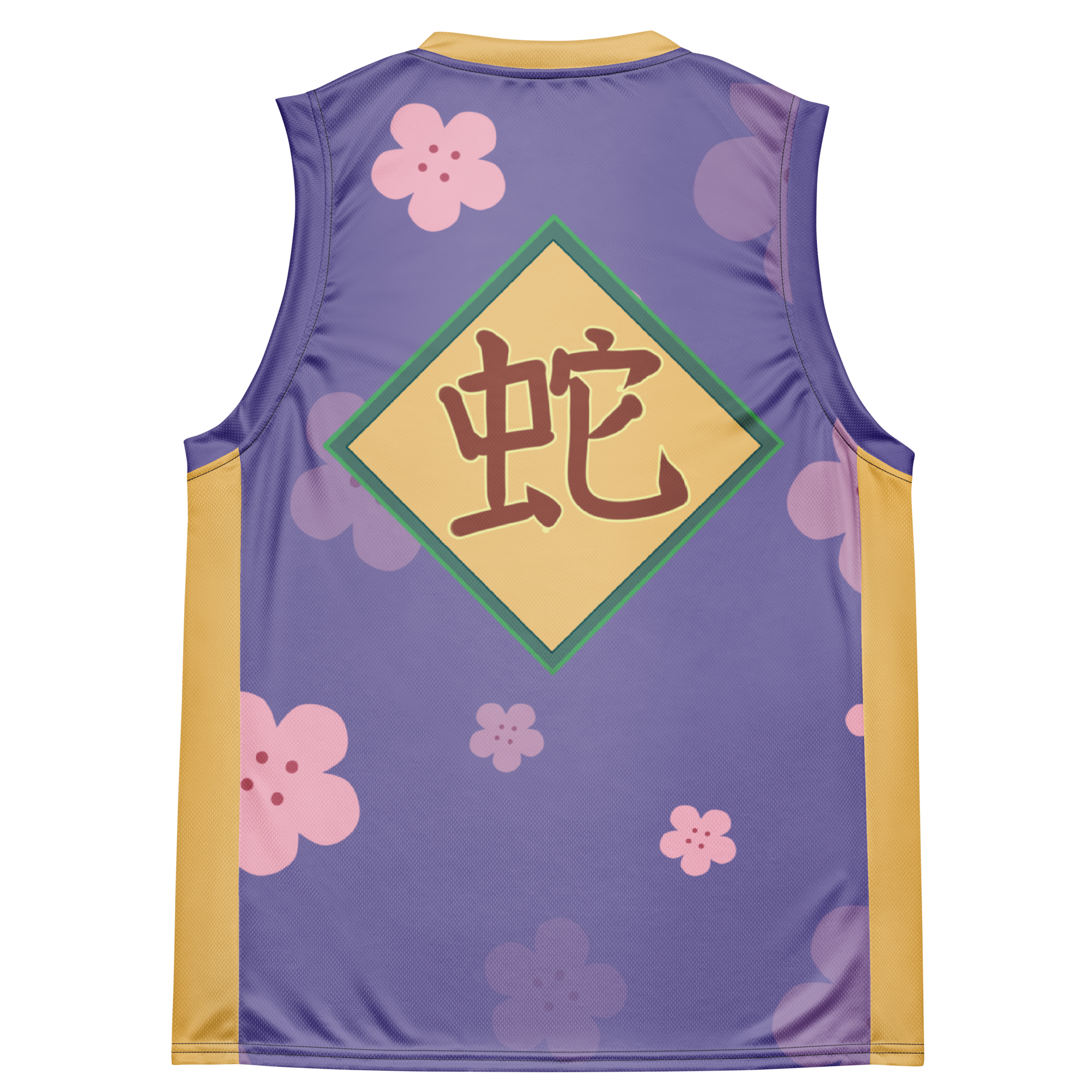
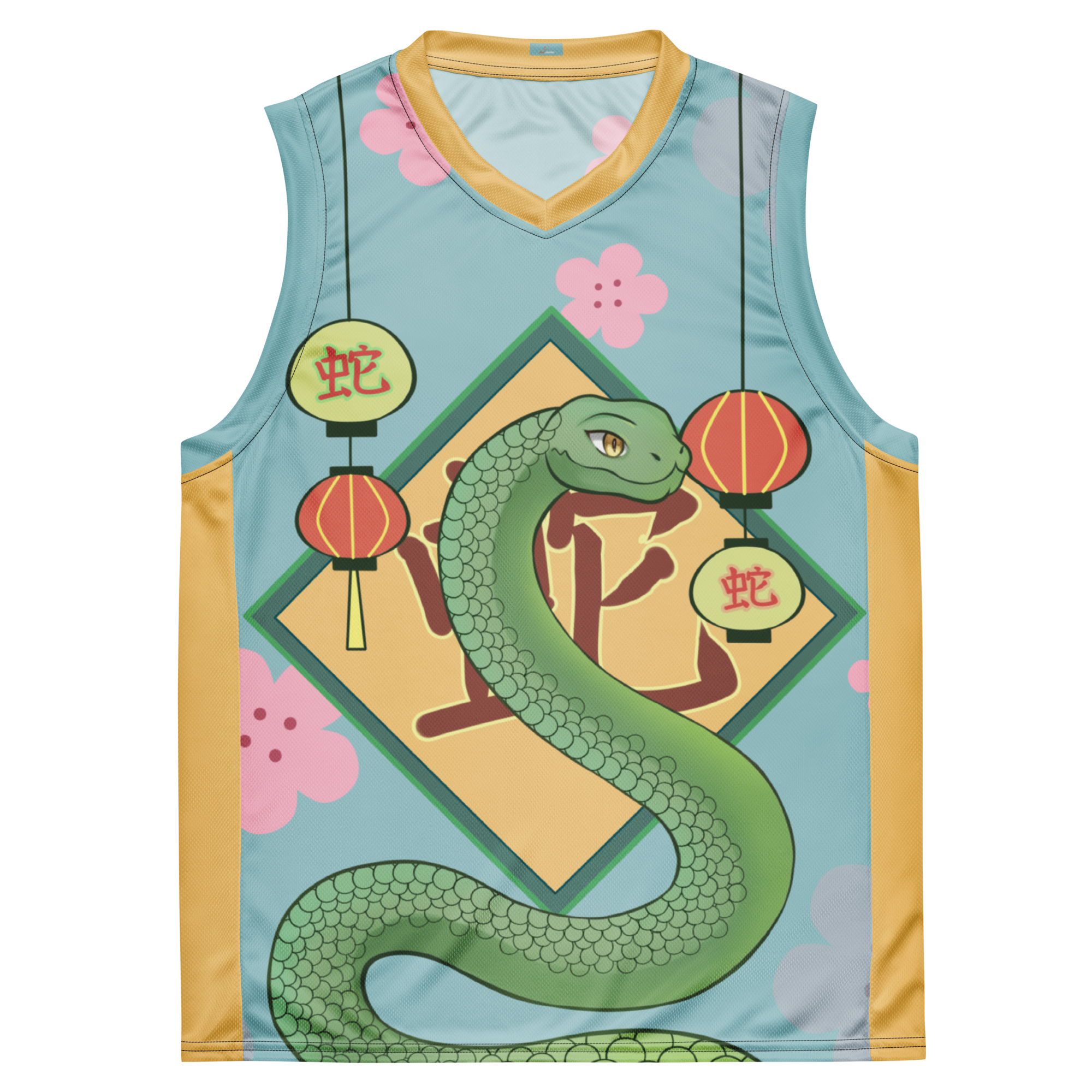
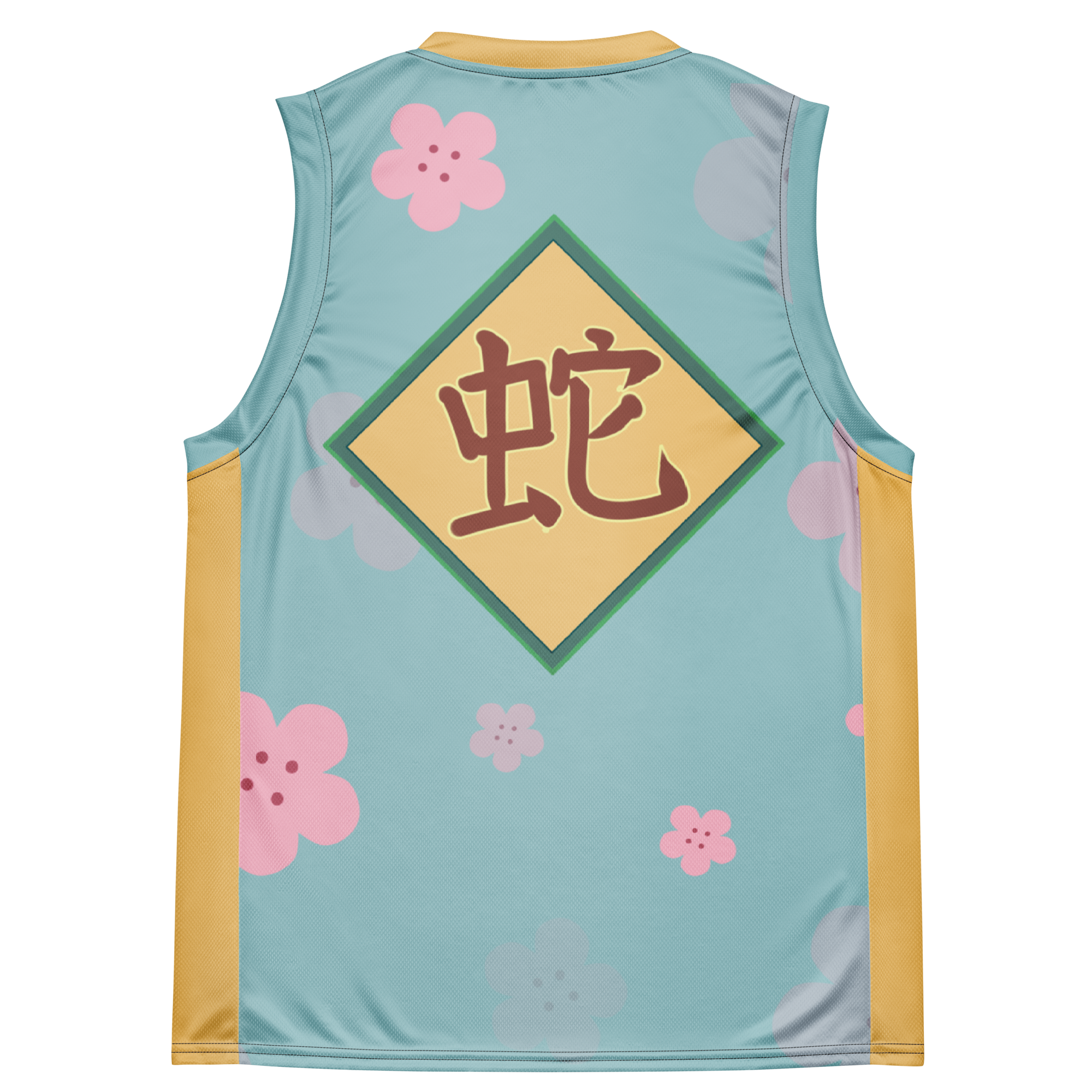














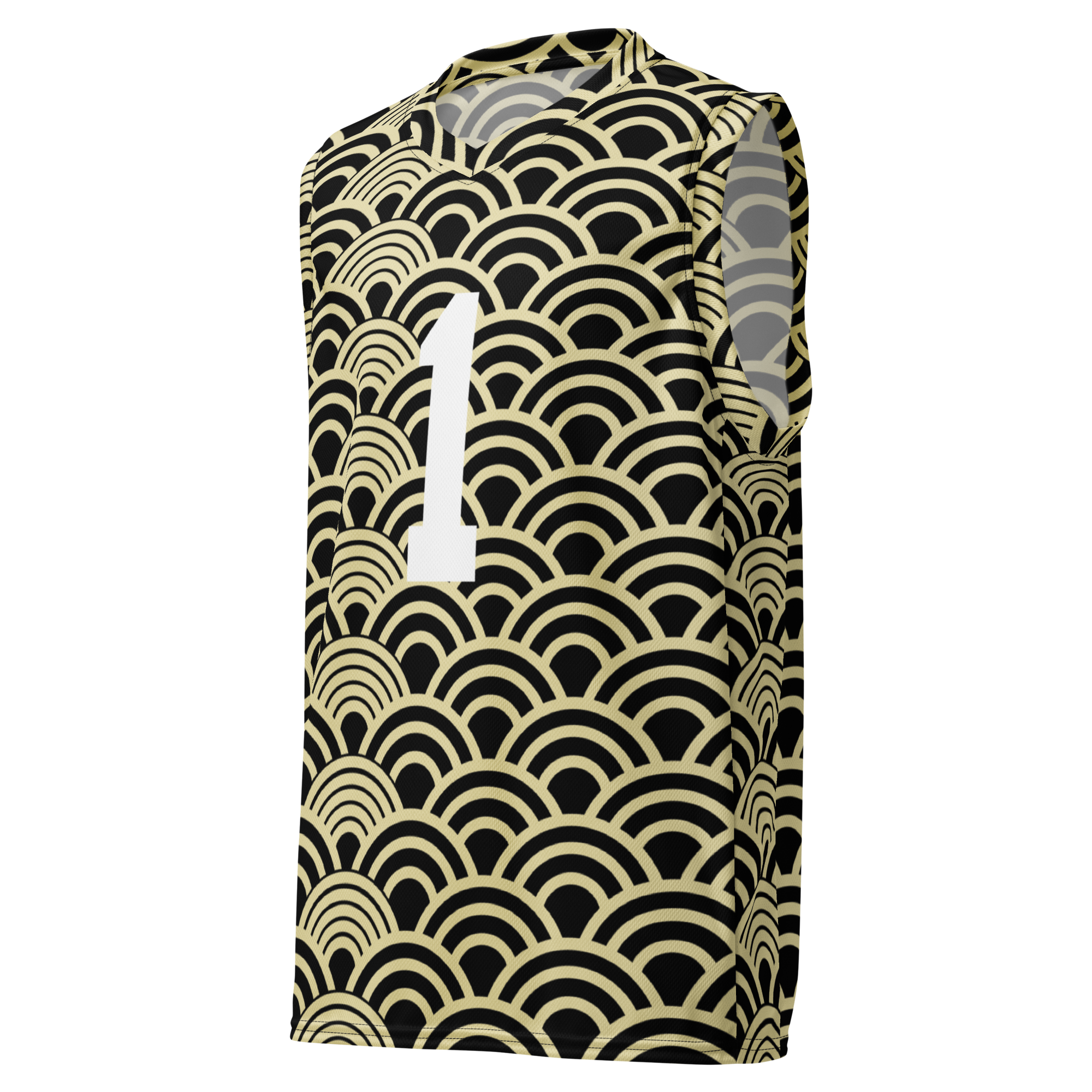
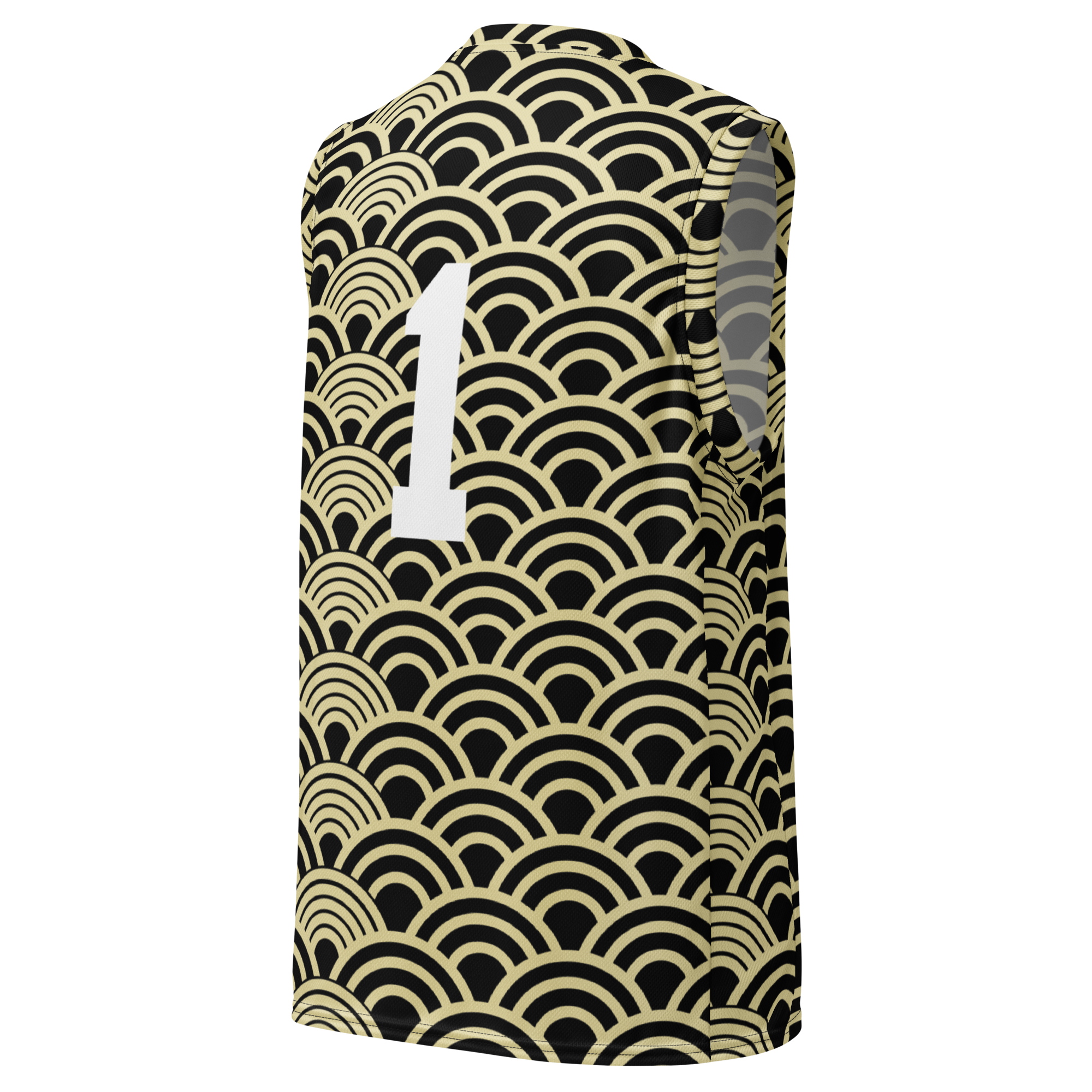
Leave a comment